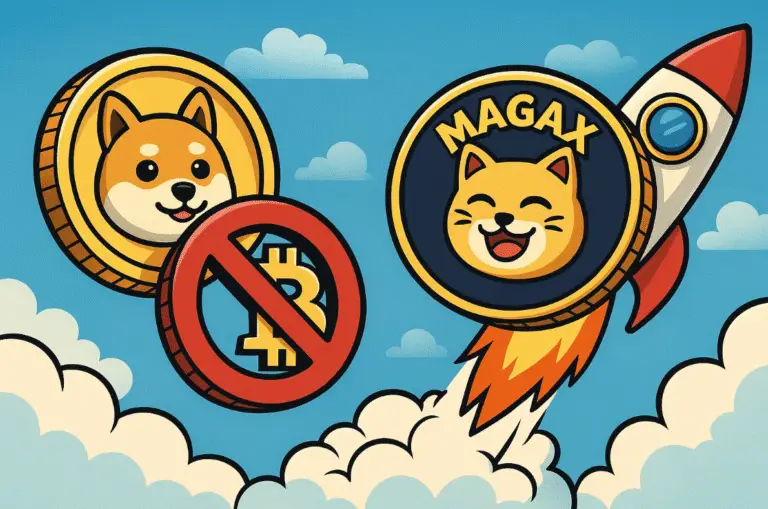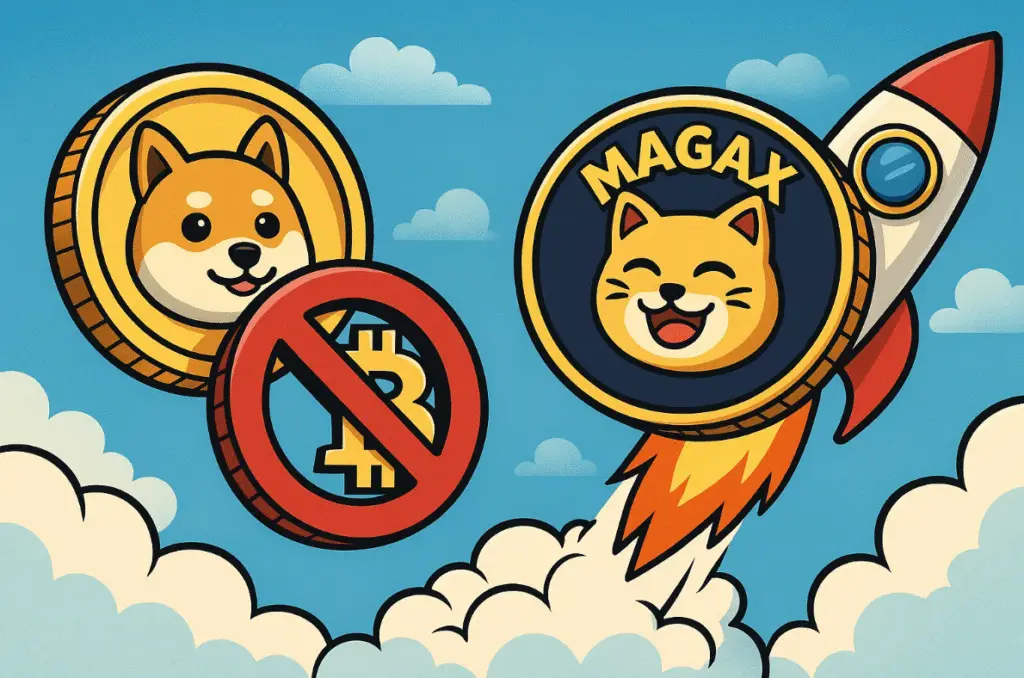Pro-monarch sentiment in Nepal is increasing two decades after the secular republican nation abolished monarchy. This happens to coincide with an entrepreneurial Nepal facing wide-reaching economic woes and discontent. Fears of a brittle Himalayan civil state growing volatile are becoming legitimate.
A Shifting Tide: From Republic to Royalist Rallies
The peak of this unanticipated political shift was witnessed in the thousands of demonstrators who came onto the streets for last month’s piece of the action. These royalist rallies suffered a violent end with countless deaths and arrests, but not without making tangible the animating rage that accompanies the drive back to the monarchy.
Nepal’s Republic: The End of an Era
Aiming to establish a secular republic, Nepal endured bloodshed for years. The slaying of over 16,000 of its citizens during a civil war, coupled with countless excruciating years of life-altering conflict, led to the decision to lift a 240-year-old Hindu monarchy in a parliament, which was finally made in 2008.
The Supportive Monarchy The Royalist Resurgence: A Call for Stability and Identity
This explains the royalist ideology within Nepal and is certainly something Lingden R. touched on: ‘The king is the fourth pillar and spine of any country.’ In as much detail as possible, Lingden tried to articulate how Nepal identifies with the monarchy and why it is crucial to safeguard its interests.
Indeed, the latter frames the RPP as having succeeded. From an abysmal single seat through mid-2017 to metamorphosing into fourteen seats within the 262-member house in parliament in the 2022 elections, supporting their pro-Hindu and royalist agenda as well.
Economic Despair: The Royalist Sentiment Beneath the Surface
This is the resurgence of royalist sentiments in the country. As Rajindra Kuwa, an educator, explains, the emerging masses who are coming out to the streets for these kinds of demonstrations depend on a stagnant economy because it tells so much about price, employment, education, and healthcare. Healthcare serves. For all intents and purposes, and especially in the case of Nepal, the renaissance of nationalist frameworks, which tend to come with an intense economic slump, seems to work for abstract systems like monarchies.
A King’s Legacy: Gyanendra’s Reign and the Uprising.
Ex-King Gyanendra Bir Bikram Shah, 77 years old, came into power in 2001 when he succeeded his elder brother, King Birendra, during a horrific palace massacre where he and a majority of the royal family got brutally murdered. His rule was defined by the turmoil of politics, specifically highlighted by his decision to suspend the constitution and dissolve the parliament in 2005. This action led to a nationwide democratic uprising where even the Maoist rebels, who were battling the government for years, allied with the political outfits in demand of democratic reforms.
The End of Monarchy: A Well-Deserved Victory.
The unprecedented violent uprisings peacefully restored Gyanendra’s parliament and constitution, which led to Korea’s decision to venture in with the rule of constitutional monarchy in 2008. Before leaving his palace, Shah addressed the people, claiming he had “assisted in and respected the verdict of the people,” but clearly emphasizing that he did not wish to leave for Nepal.
Public Sentiment: Divided Between Cheers and Tears.
The reaction to the dethroning of the king was sharply conflicting. While a majority expressed jubilation to welcome the dawn of a new republic, a small yet vocal group of staunch royalists shed tears for the elimination of the centuries-lasting institution.
Mainstream Dismissal: “A Failed and Outdated Concept”
These calls have been ignored by mainstream leaders such as the ruling coalition formed by the Communist Party of Nepal (Unified Marxist-Leninist) and the Nepali Congress Party, which also during the period dismissed the call to return to the monarchy. The head whip of the Communist Party, Rajaram Bartaula, dismissed monarchy, terming it a “failed and outdated concept,” adding that ”conscious Nepalis of the 21st century ‘you’ will not accept” it.
Economic Hardship: Nepal’s Development Challenges
Acknowledging the challenges in Nepal’s development is one way the World Bank recognizes the poverty-stricken and resource-limited nation. The country does not facilitate providing resources. Some financial relief was reported by the bank in the first half of the 2025 financial year, equating to 4.9 percent growth compared with 4.3 percent in the same period the previous year. Despite reporting economic relief, the growth in GDP has stemmed from the agriculture and industrial sectors. Such continues to effervesce sociopolitical violence and unprecedented coups in government.
A King’s Return? Gyanendra’s Public Appearances
Of late, former king Gyanendra has become visibly active. He has made numerous public appearances at places of worship and has met with supporters. In a statement, which he published a day before National Democracy Day in February, he was quoted as saying, “It is now time,” and he urged for the support of the people, saying, “Countrymen, support us for Nepal’s prosperity and progress.”
Royalist Rallies: A Growing Movement
His public activities, especially his reception at Kathmandu airport recently, have attracted a massive supporter turnout. Those royalists came out in their hundreds with the national flag while chanting pro-monarchy slogans such as “Come, king, save the nation,” which indicates the maturing strength of the movement.
Political analysts like Hari Sharma note how the royalists seem to have opportunistically shifted into overdrive on the growing discontent among a lot of Nepali citizens due to the rising cost of living and unstable politics.
A Nation at a Crossroads
There lies a striking interplay of political, economic, and social forces in Nepal. Economic discontent has significantly rejuvenated pro-monarchist sentiment, which poses a challenge to the young republic. In these turbulent times, the direction that the country will choose in the coming months will be crucial.















